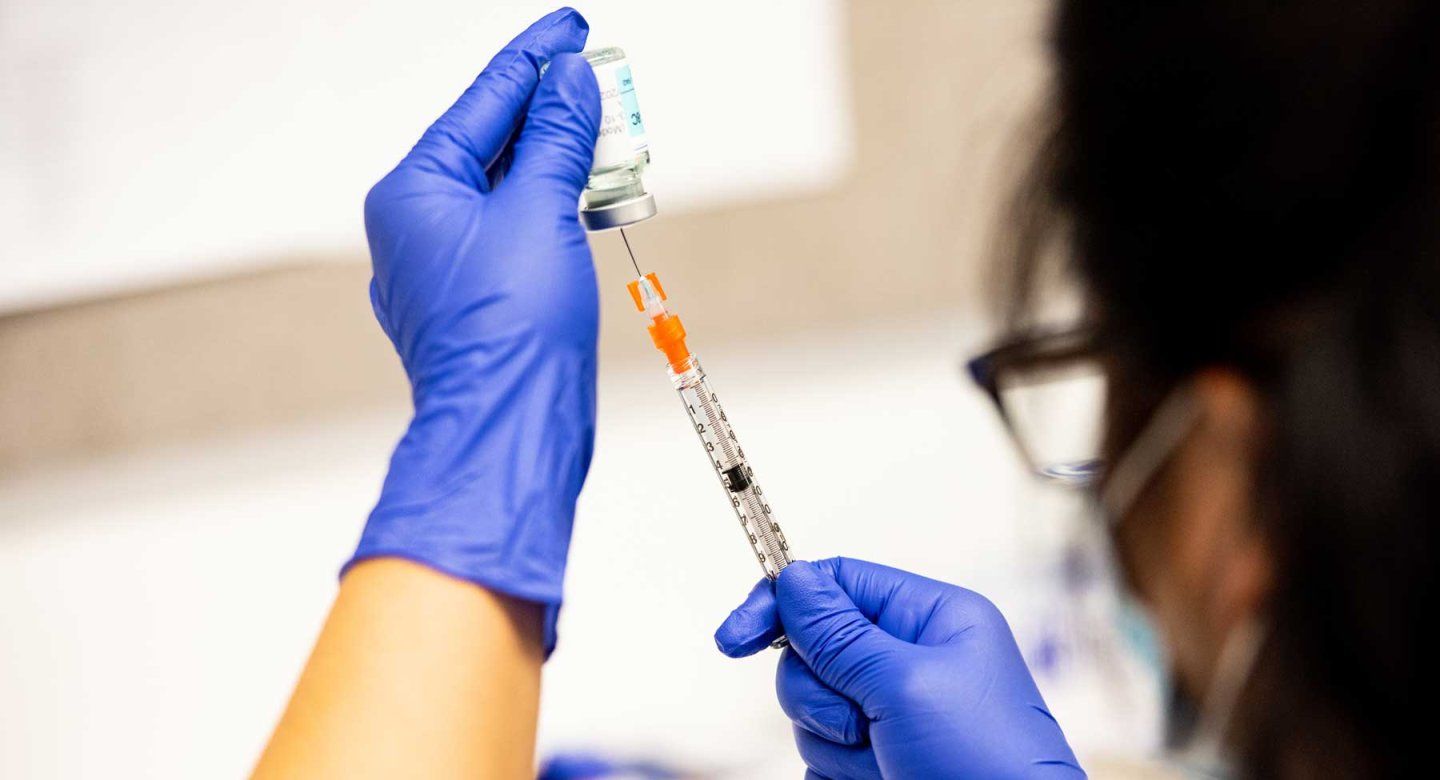The COVID-19 summer surge was a surprise, but are we safe now that the numbers are trending downward?
Unfortunately, COVID-19 is an ongoing risk, according to Monica Gandhi, MD, MPH, professor of medicine and associate division chief of UC San Francisco’s Division of HIV, Infectious Diseases, but more so for some than others. Gandhi explains who is most at risk, who is safe and when to get the vaccine.
What was behind the increase in COVID-19 cases during the summer?
COVID-19 is not yet a seasonal virus. Flu and cold viruses are most prevalent in the fall and winter because they thrive in cold and unventilated locations. However, the COVID-19 virus has not yet settled into a typical seasonal pattern because it is very prone to mutating into new variants that are more transmissible than the last. The virus surges both in the late fall/winter, like other respiratory viruses, but also surges whenever there is a more transmissible variant.
While we did see a spike in reported COVID-19 infections last summer (2023), this summer’s spike was significantly higher and was a result of a new variant.
Why is there a new vaccine? Is there a new variant?
The current dominant variants are in the KP family (KP.1, KP.2, KP.3). KP.2 was the prevalent variant this summer, but, according to CDC groundwater testing, KP.2 is declining and KP.3 is on the rise. The current vaccination will offer protection for the KP variants.
If you received the last COVID-19 shot for the XBB variant in spring 2024, you are not fully protected at this time.
Who makes the new vaccines?
The new vaccines, directed against the KP family, are from Pfizer and Moderna. The vaccinations are interchangeable and require only one shot. The Moderna vaccine is said to contain a slightly higher dosage and, therefore, can cause more of a reaction in some recipients.
A new Novavax vaccination directed against the current variant was also recently approved.
Who should get the latest vaccine?
The people who are most at risk for having a more severe case of COVID-19 if they catch it are those who are immunocompromised, older than 65 years and those with multiple co-morbidities – or multiple chronic conditions such as diabetes, heart conditions, etc.
These people should “run, not walk” to their pharmacy because there is a large amount of the virus circulating in communities right now. These at-risk groups are most susceptible to severe infections and will benefit most from the COVID-19 vaccine, which will increase their antibodies to help prevent infections.
I contracted COVID-19 this summer. Do I still need a vaccination?
If you are in one of the three high-risk groups, you should get a COVID-19 shot even if you contracted COVID-19 this summer. However, if you did contact COVID-19 this summer and are in a high-risk group, I recommend you wait about three months before getting the current vaccine for it to be most effective.
This summer’s COVID-19 surge was so high that many in the population likely have natural immunity to the variant going into the winter months. For those who are under 65 with no co-morbidities, your body has likely developed natural immunity heading into winter, so you may not need the current COVID-19 vaccine. It is best to check with your physician.
Is it advisable to get the COVID-19 and flu vaccinations at the same time?
It is okay to get the COVID-19 and flu vaccines concurrently. Tests have shown that COVID-19 and the flu vaccine are effective when taken together.
Is it okay to get the COVID-19, flu and RSV vaccines simultaneously?
The CDC now recommends those 75 years and older receive the RSV vaccine along with those who are 60-74 years if they have chronic conditions that put them high risk of severe RSV. If you are in this group and plan to get a COVID-19 vaccination, I recommend you get the COVID-19 vaccination first and wait about two weeks to get your RSV shot. The reason is there haven’t been enough studies to confirm whether simultaneous COVID-19 and RSV vaccinations might interfere with each other.
